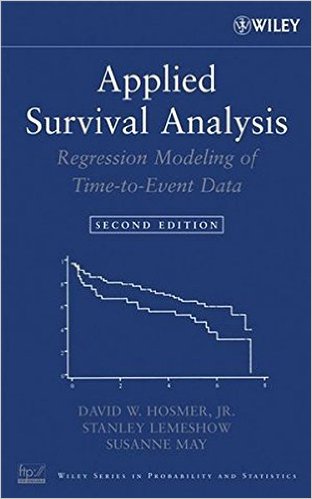| Week | Chapters/Sections | Topics covered | Remarks |
| Week 1 and 2 (Sept 7, 12, 14) | Chapter 1 | Introduction to Survival Data | |
| Week 3 and 4 (Sept 19, 21, 26, 28) | Chapter 2 | Descriptive methods for Survival Data | |
| Week 5 (Oct 3,5) | | Review; Exam I | |
| Week 6,7 and 8 (Oct 10, 12, 19, 24) | Chapter 3 | Regression Model for Survival Data | |
| Week 9, 10, and 11 ( Oct 26, 31, and Nov 2) | Chapter 4 | Proportional Hazards Regression | |
| Week 12 (Nov 7, 9) | | Review ; Exam II | |
| Week 13, 14 (Nov 14, 16, 21, 23) | Chapter 5 | Model Development; Variable Selection | |
| Week 15, 16 (Nov 28, 30, Dec 5, 7) | Chapter 6 | Assessment of Model Adequacy; Extensions of Proportional Hazard Models | |
